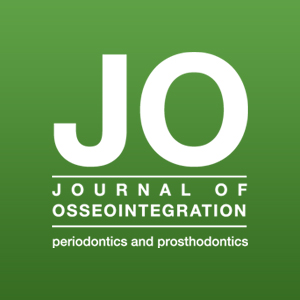Articles
Vol. 13 No. 4 (2021)
A minimally invasive approach to osseo-disintegrate implants via thermal energy. An in-vivo pilot study

Publisher's note
All claims expressed in this article are solely those of the authors and do not necessarily represent those of their affiliated organizations, or those of the publisher, the editors and the reviewers. Any product that may be evaluated in this article or claim that may be made by its manufacturer is not guaranteed or endorsed by the publisher.
All claims expressed in this article are solely those of the authors and do not necessarily represent those of their affiliated organizations, or those of the publisher, the editors and the reviewers. Any product that may be evaluated in this article or claim that may be made by its manufacturer is not guaranteed or endorsed by the publisher.
Received: 30 April 2021
Accepted: 15 June 2021
Accepted: 15 June 2021
585
Views
334
Downloads












